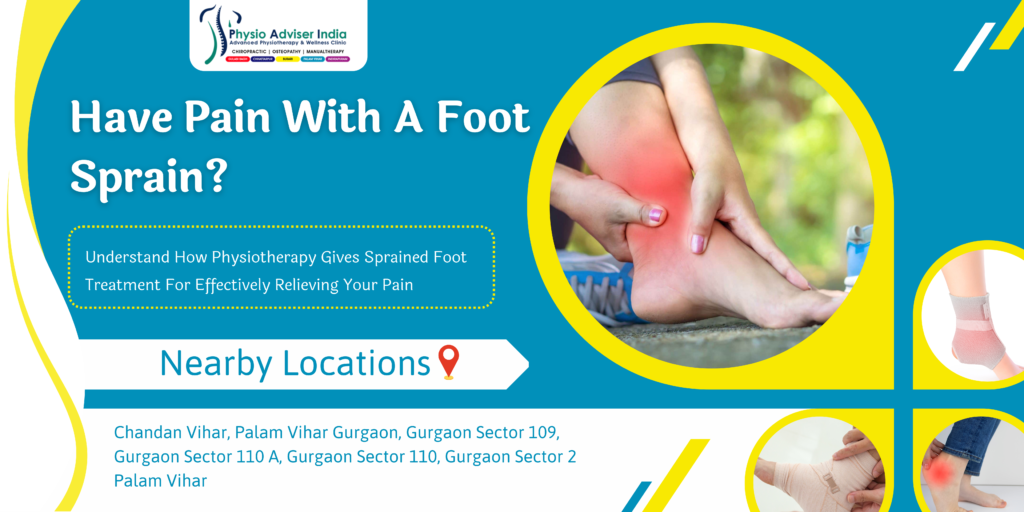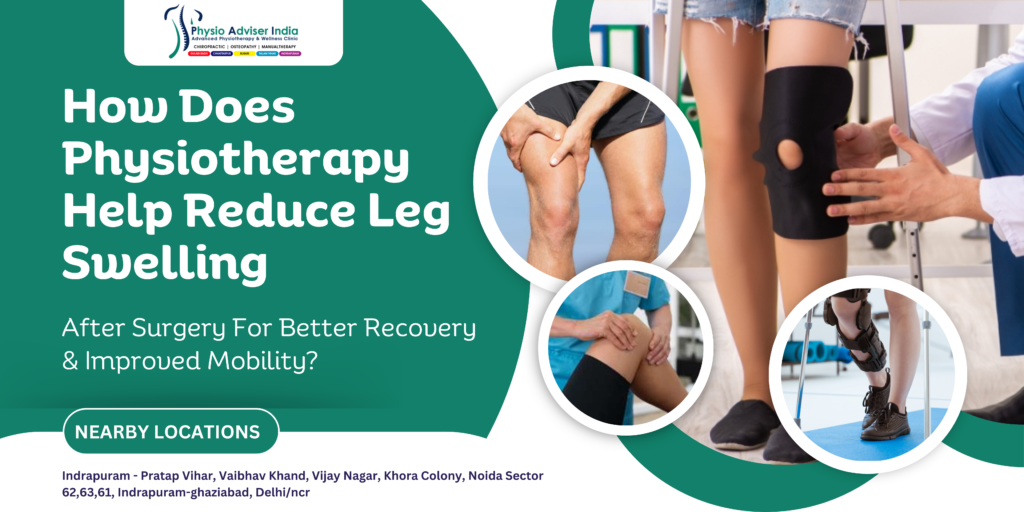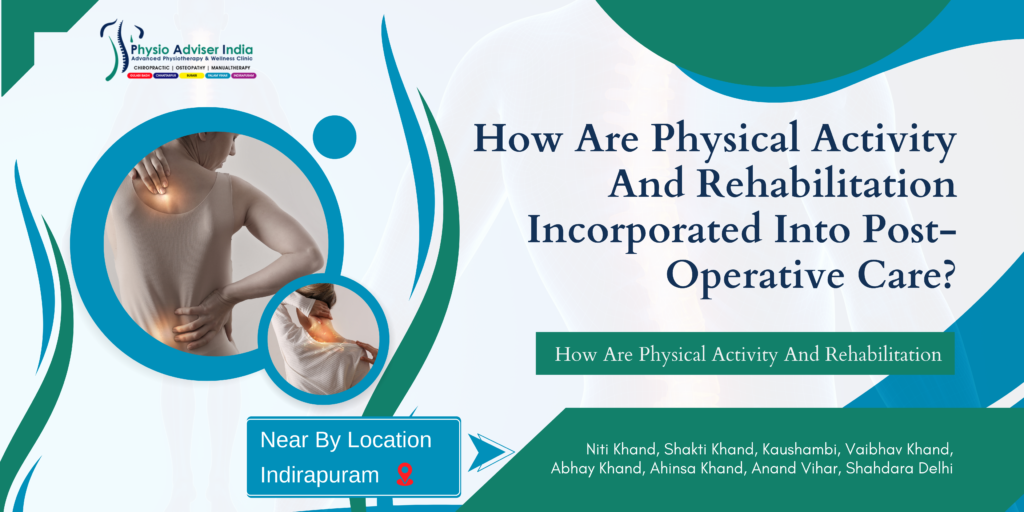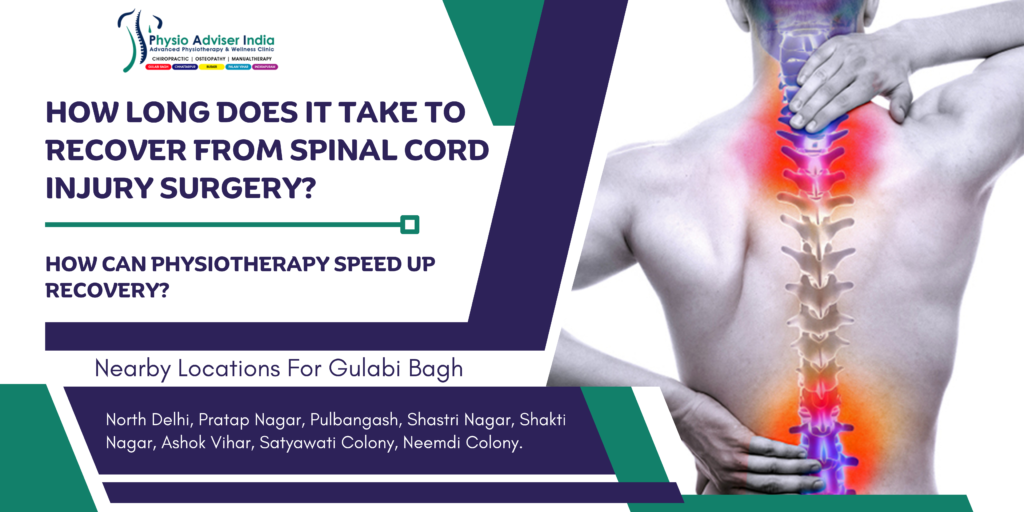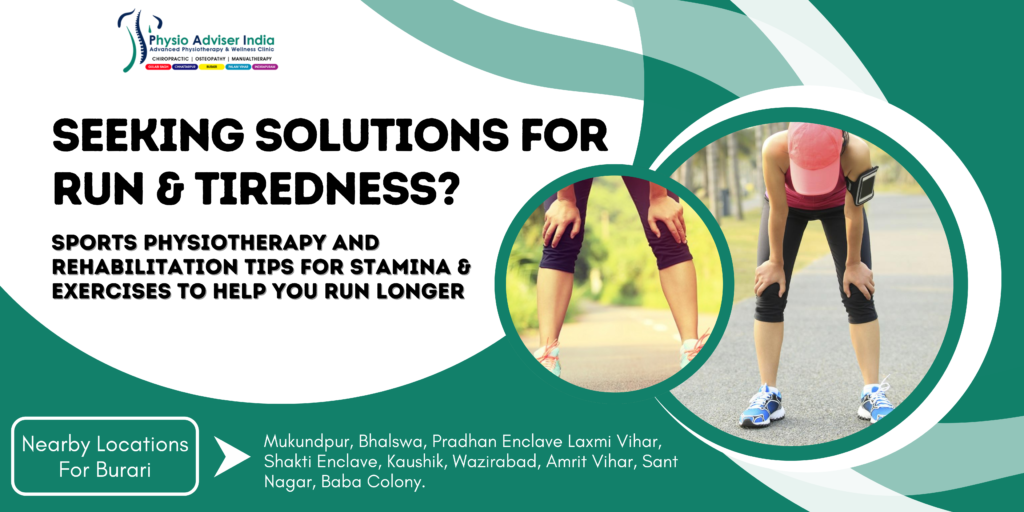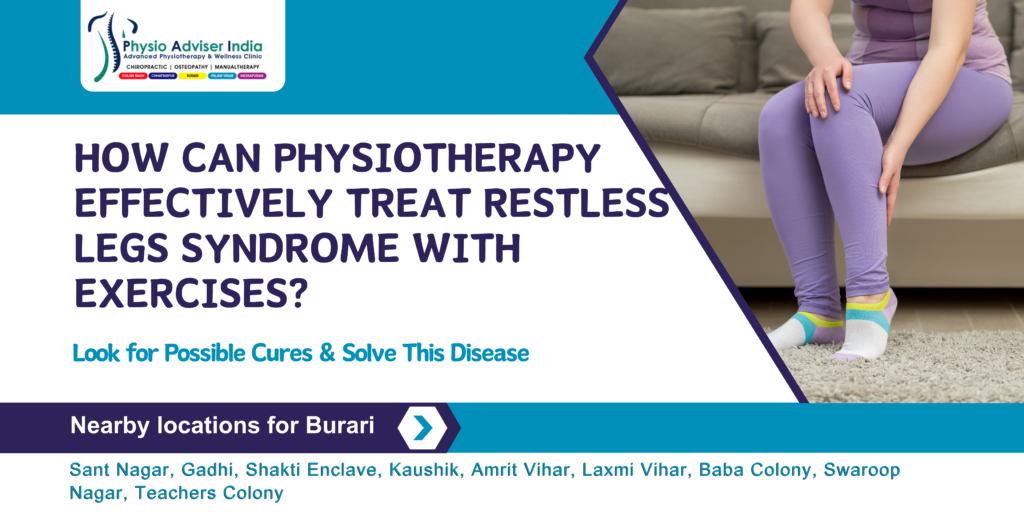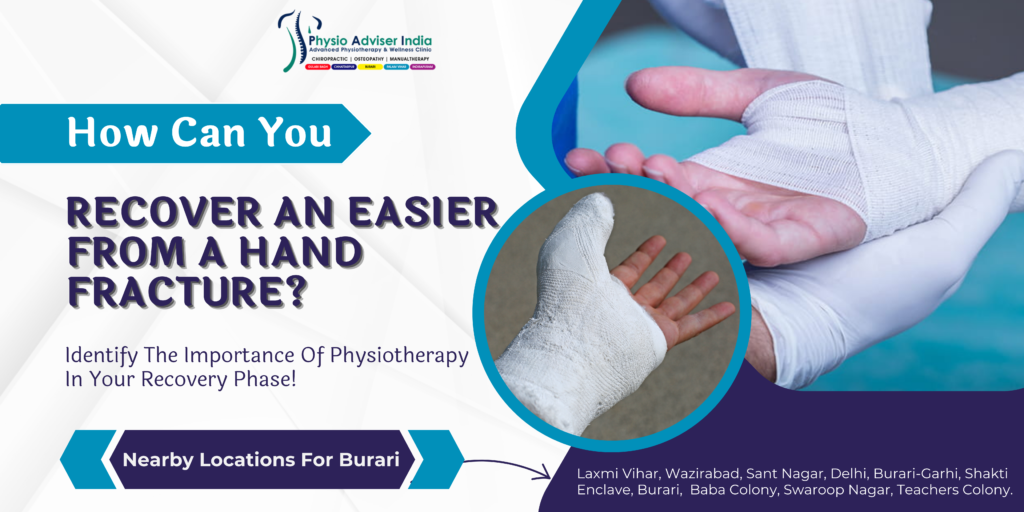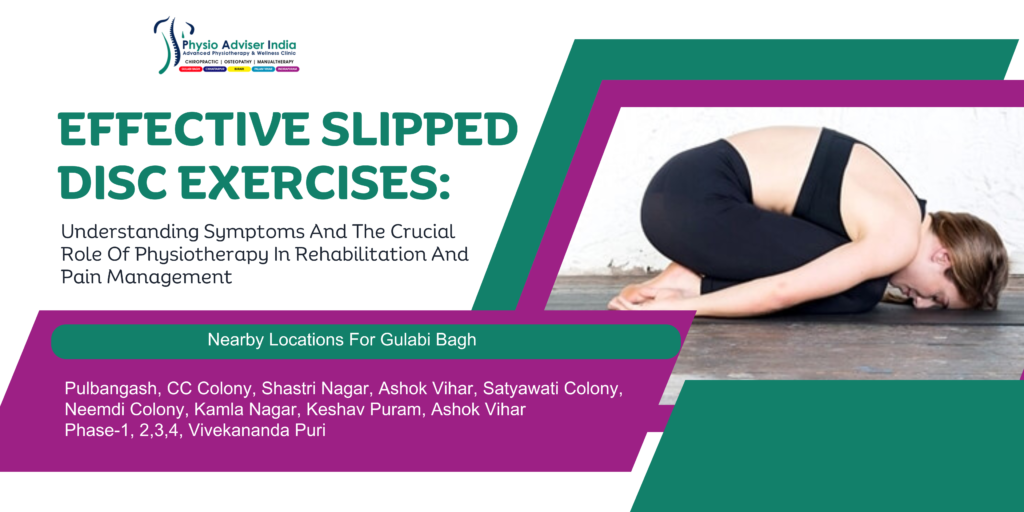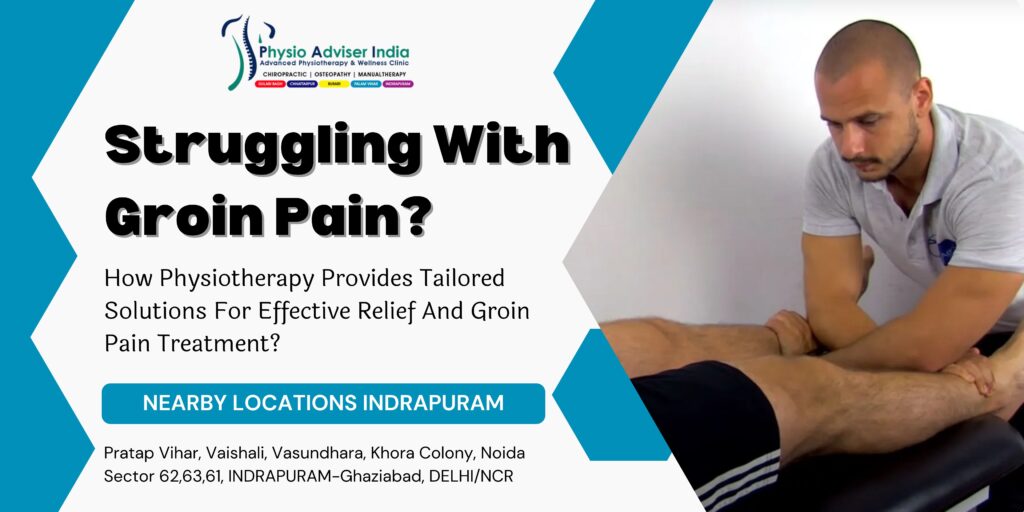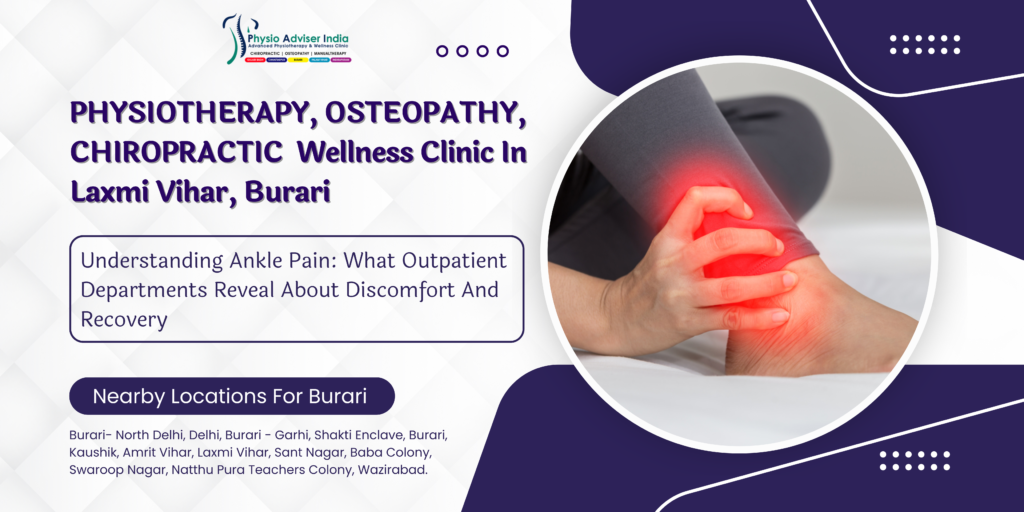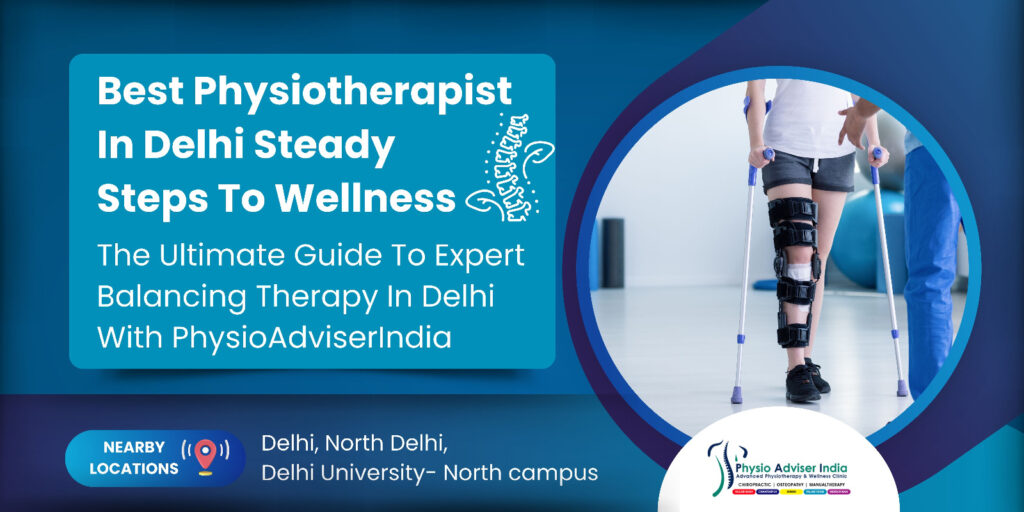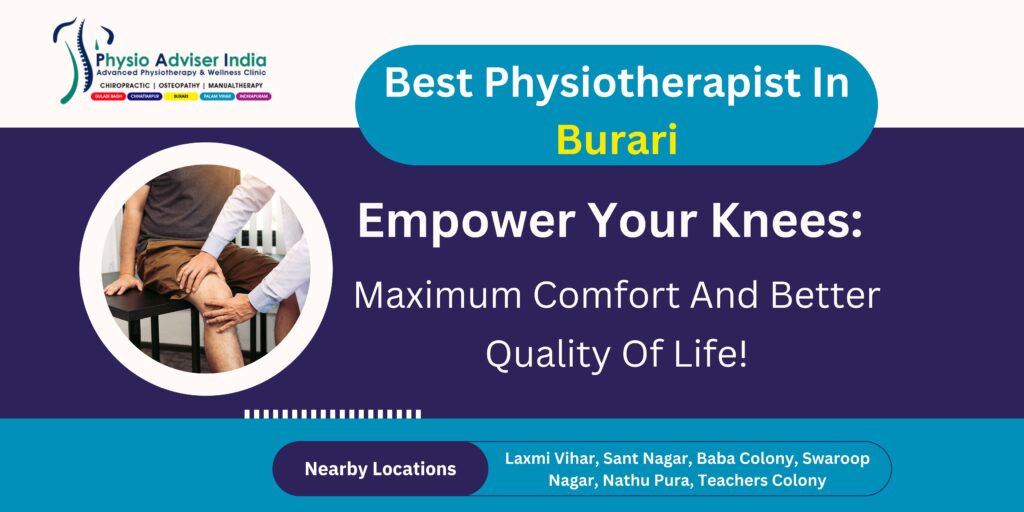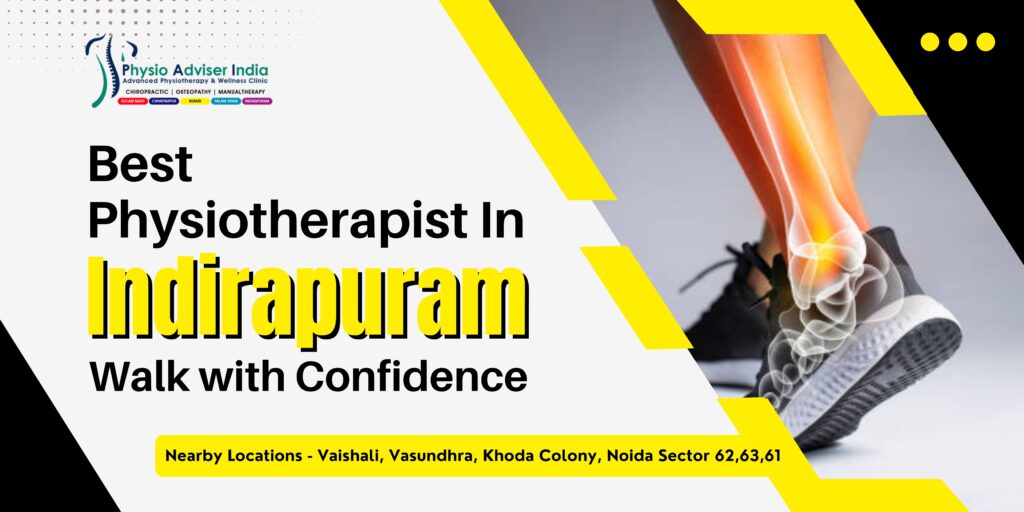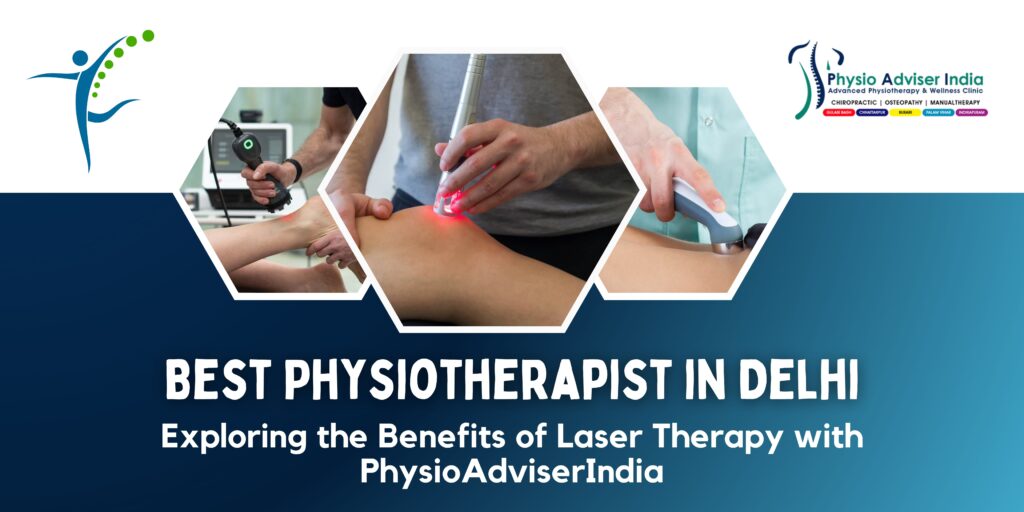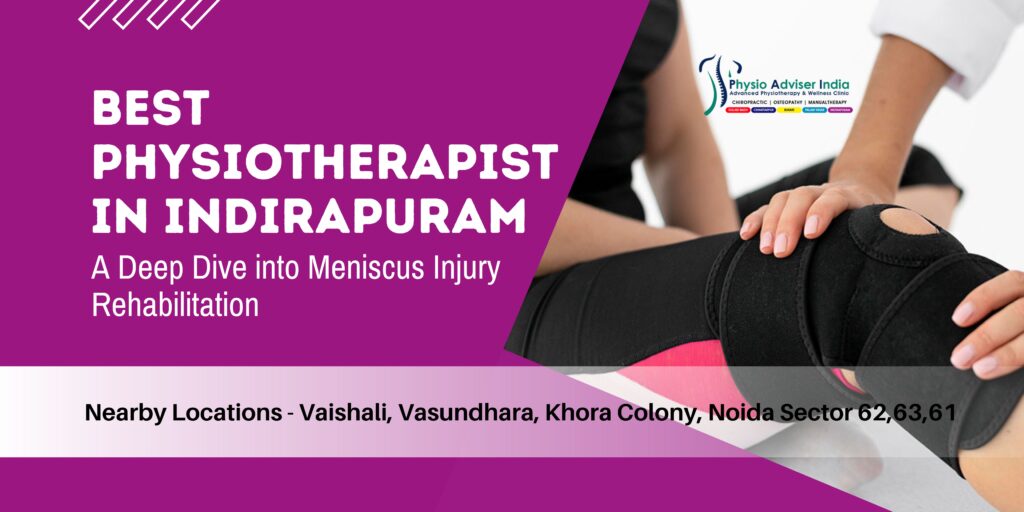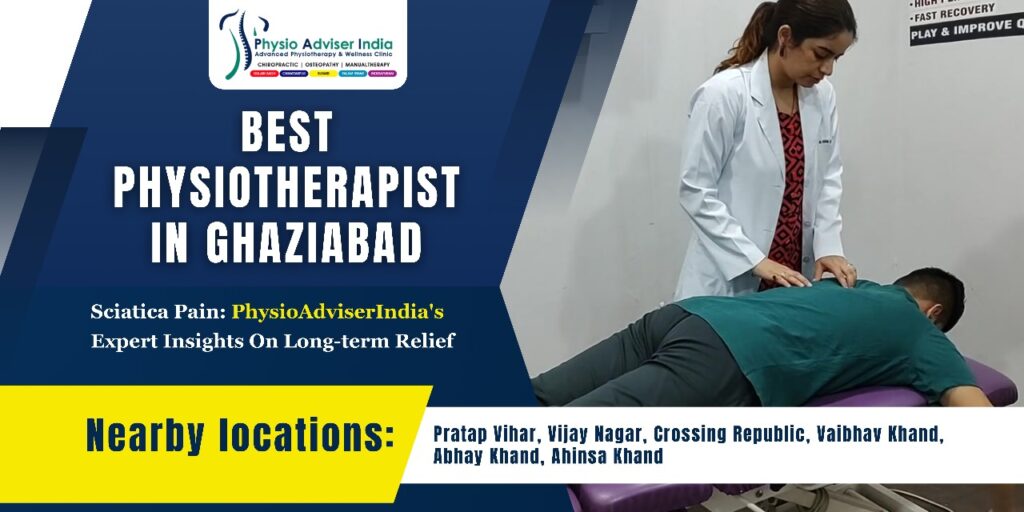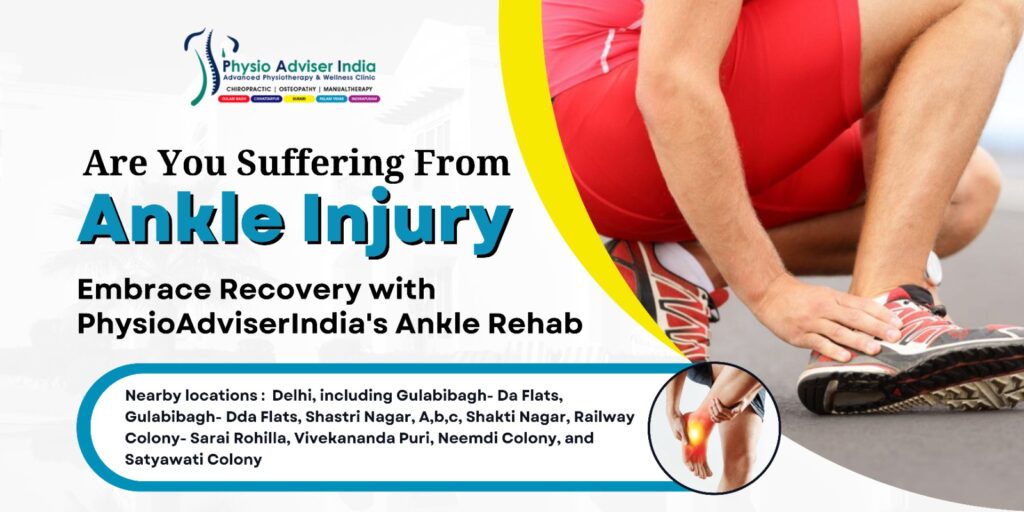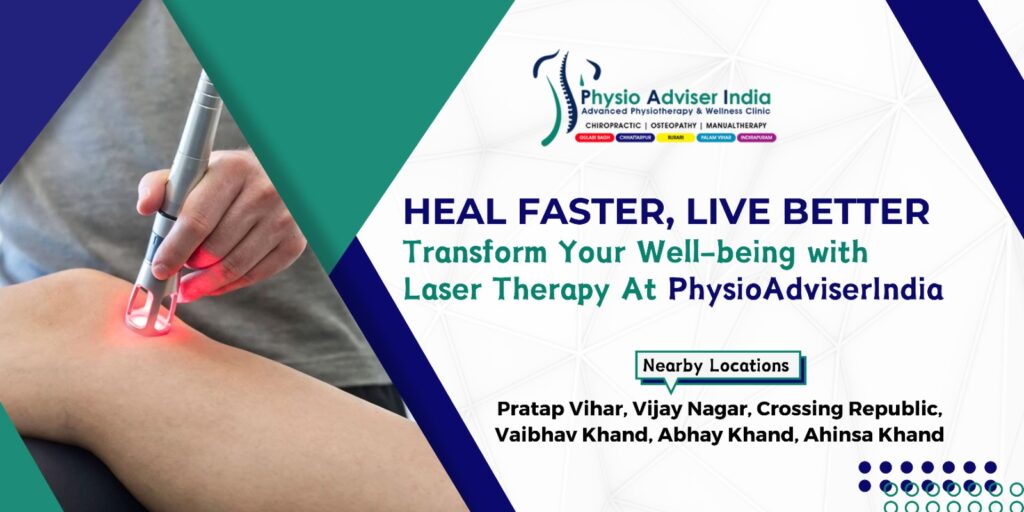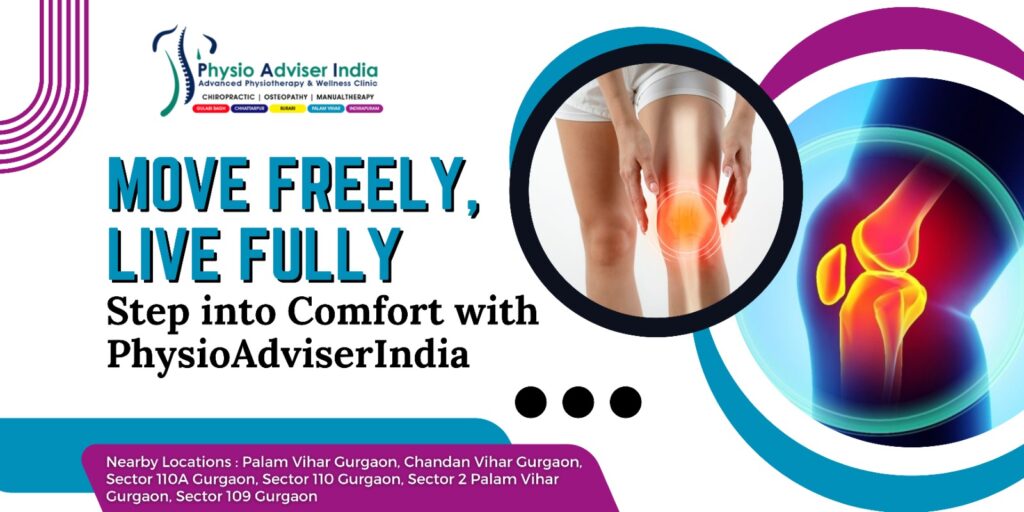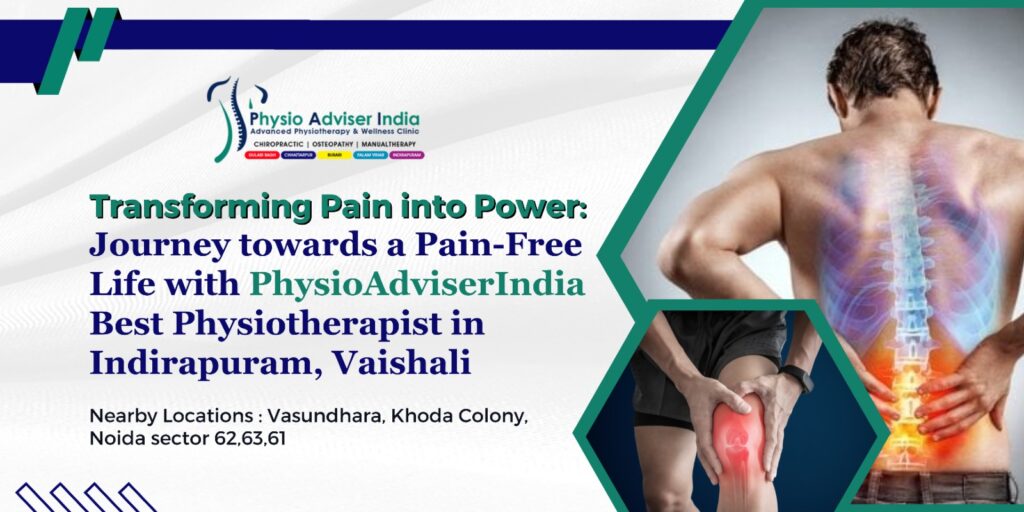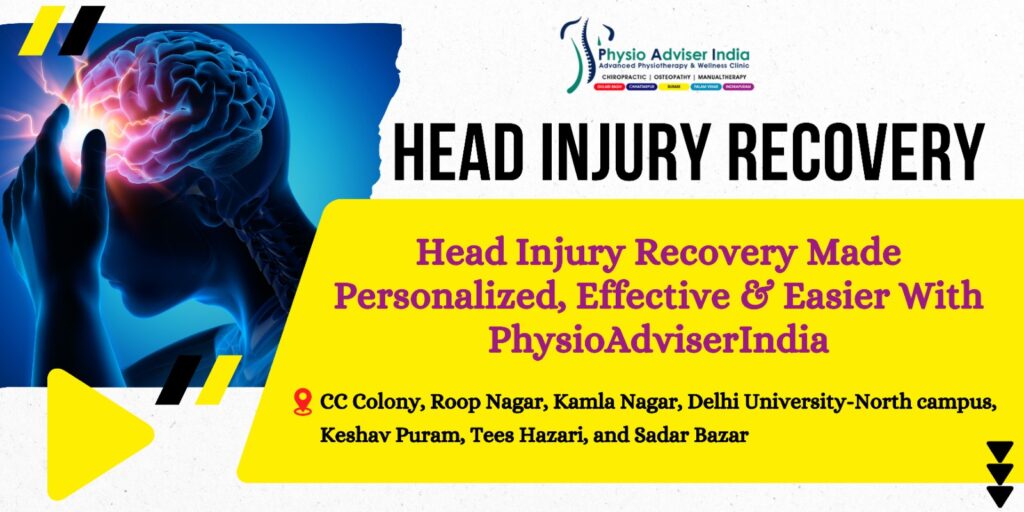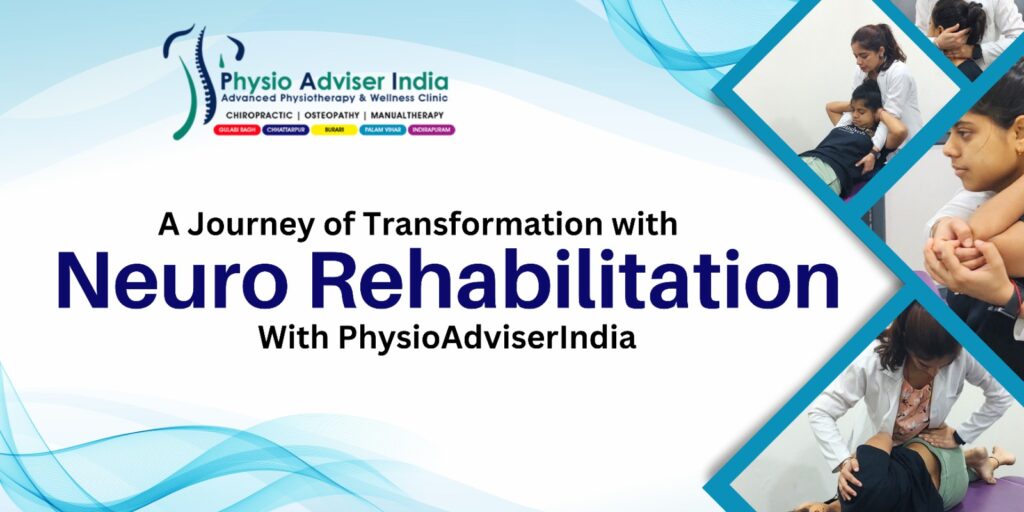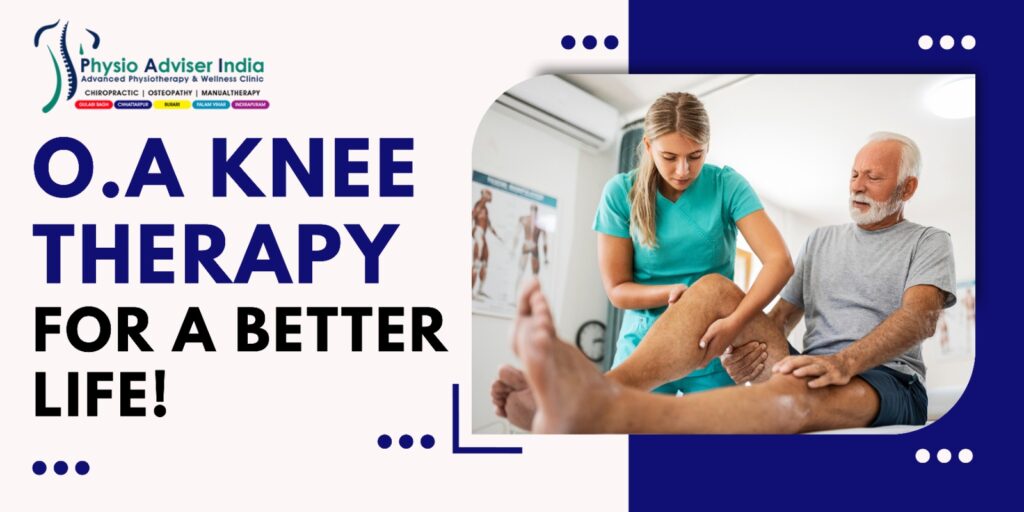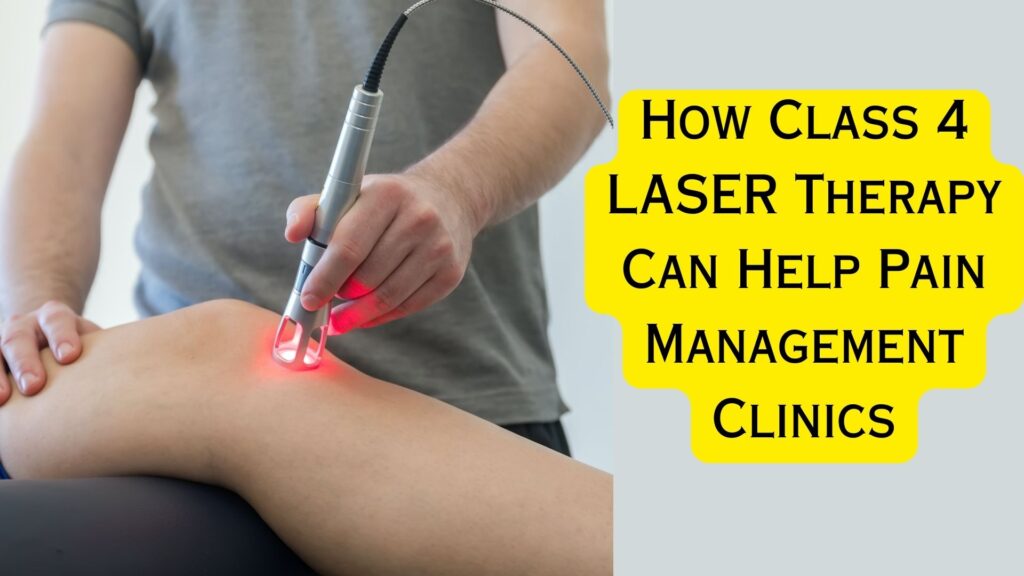Looking For Relief From ITB Pain? Try These Three Easy Stretches As Recommended By Expert Physiotherapy!

What is ITB Pain and How Does it Affect You?
Expert Physiotherapy notes that ITB syndrome, also referred to as ITB discomfort is a common ailment among sports, especially cyclists and runners. A thick band of connective tissue called the iliotibial band crosses the knee joint as it travels from the hip to the leg. When this band becomes tender or tight, usually from overuse or constant use, ITB pain develops. Patients with ITB pain frequently describe intense, burning pain on the outside of the knee, which might get worse when they run, cycle, or even just walk. This issue affects not only athletes but also anyone who hikes row or engages in other sports that require repetitive knee movement.
Causes and Risk Factors of ITB Pain
The primary causes of ITB pain include overuse, improper footwear, and incorrect running technique. Expert Physiotherapy advises that overuse, particularly from repetitive activities like running or cycling, can lead to inflammation and tightness of the ITB. Improper footwear that needs more adequate support can exacerbate the condition. Risk factors for ITB pain encompass poor biomechanics, muscle imbalances, and training errors. Individuals with a misaligned gait or weak hip muscles are more susceptible to ITB syndrome.
Three Easy Stretches to Alleviate ITB Pain
Stretch 1: Standing ITB Stretch
Expert Physiotherapy recommends standing upright with your feet together to perform the standing ITB stretch. Cross your right leg behind your left leg and lean to the left, extending your right arm overhead and stretching the right side of your body. After holding the stretch for 20 to 30 seconds, switch to the other side. Keep your torso straight and avoid bending forward or backward, stretching gently without pushing into pain.
Stretch 2: Side-Lying ITB Stretch
For the side-lying ITB stretch, Expert Physiotherapy suggests lying on your side with the affected leg on top and bending the bottom leg for stability. Grasp the ankle of the top leg and gently pull it back towards your buttocks, holding the stretch for 20-30 seconds. Switch sides and repeat. Perform the stretch slowly and avoid jerking movements, ensuring a comfortable position to avoid strain.
Stretch 3: Foam Rolling the ITB
To foam roll the ITB, Expert Physiotherapy advises placing a foam roller on the ground and lying on your side with the ITB resting on the roller. Support your upper body with your forearms and roll the ITB slowly from the hip to the knee, focusing on tight or sore spots and applying gentle pressure. Roll for 1-2 minutes, controlling the pressure to avoid excessive pain and breathing deeply to relax the muscles. Foam rolling helps reduce ITB tightness, improve blood flow, and promote muscle recovery.
Why Choose PhysioAdviserIndia for ITB Pain Management?
At PhysioAdviserIndia, our physiotherapy practitioners are highly qualified and experienced in managing ITB pain. Expert Physiotherapy at our clinic provides individualized treatment plans tailored to each patient’s specific needs, ensuring effective and personalized care. Our holistic approach to treating ITB pain combines manual therapy, exercises, and education. We utilize advanced techniques and equipment to ensure effective pain relief and long-term recovery. PhysioAdviserIndia offers comprehensive ITBS treatment and exercises tailored to your needs. With easy stretching exercises recommended by our Expert Physiotherapy at Delhi University- North Campus Gulabi Bagh, we ensure effective pain management. Our services include OPD physiotherapy, physiotherapy home service, and a physiotherapy clinic near me. Contact Dr. Shardeshu Srivastava (PT) and Dr. Shivani Sharma (PT) at +91 9899309403. for personalized care and effective relief.

